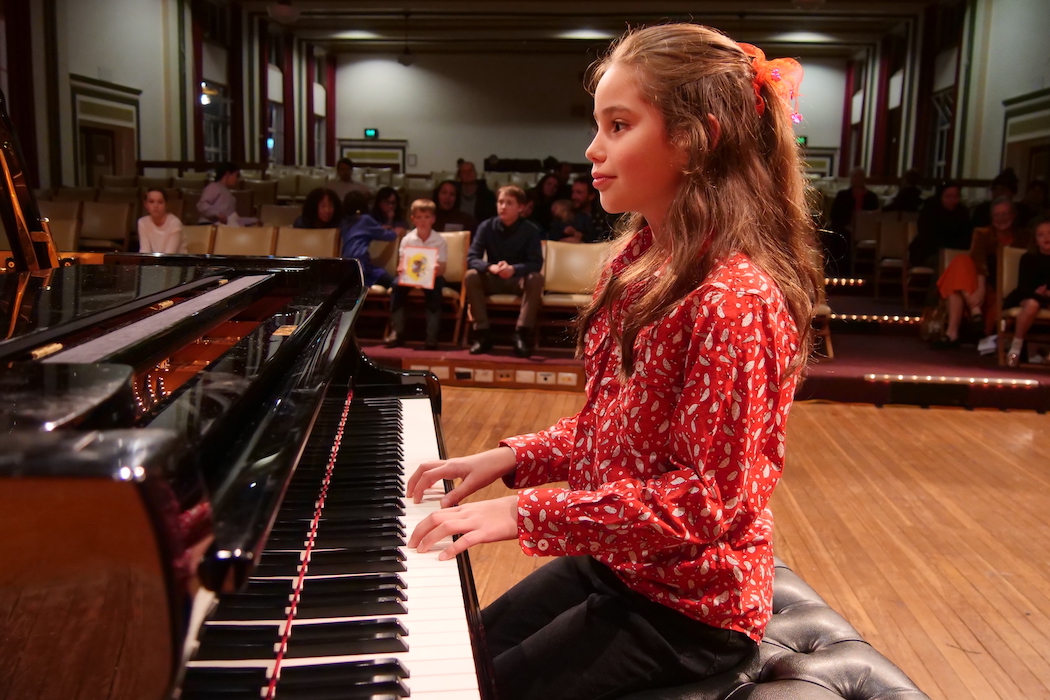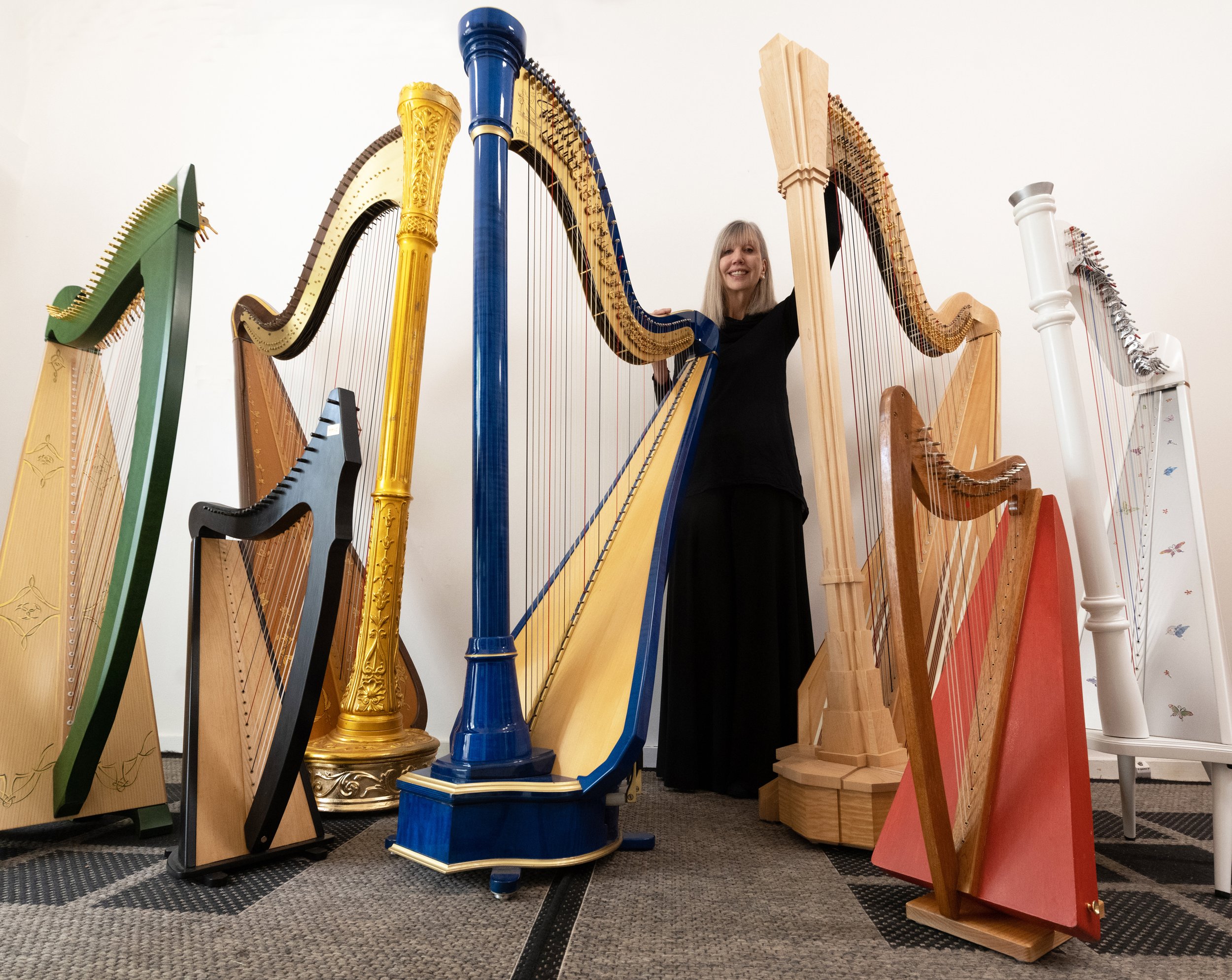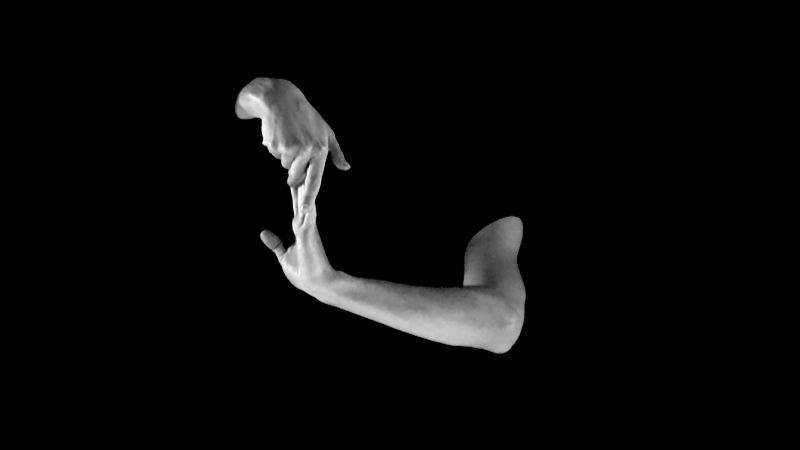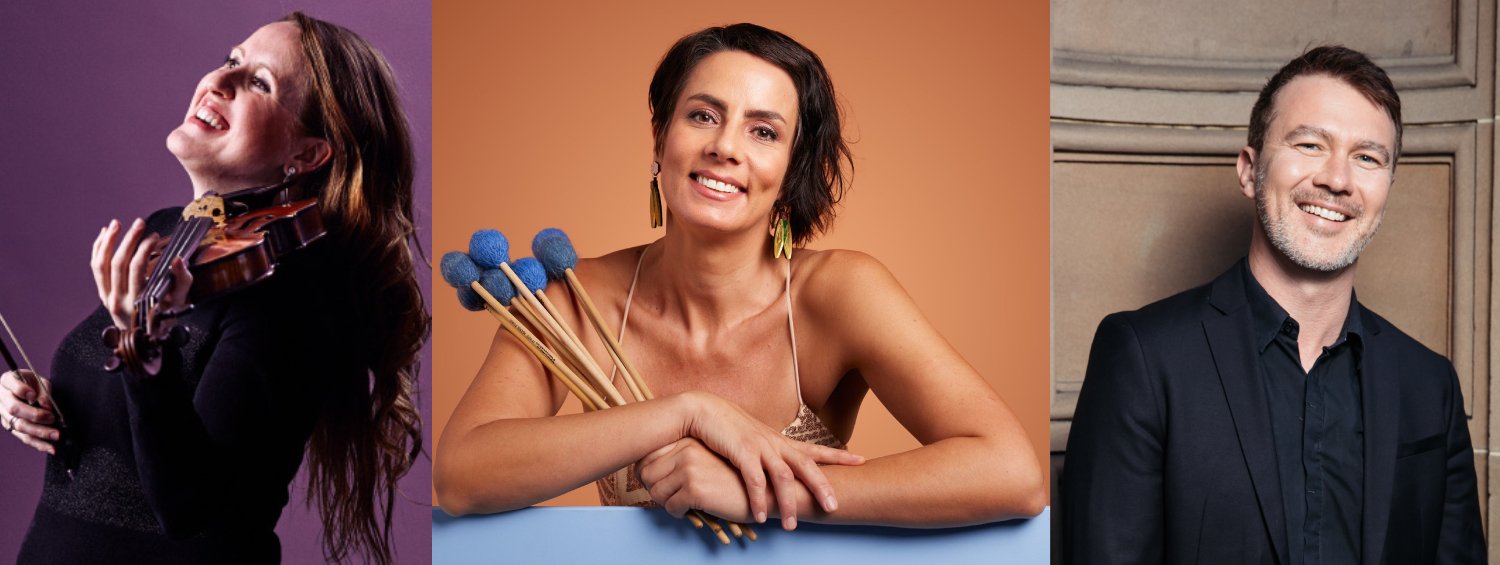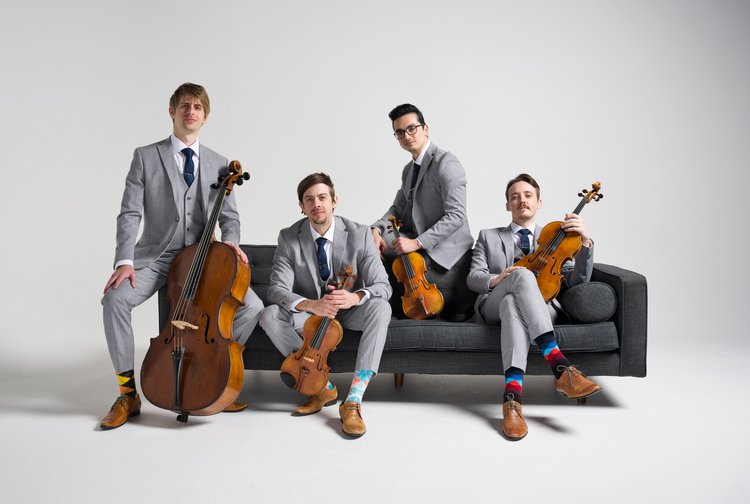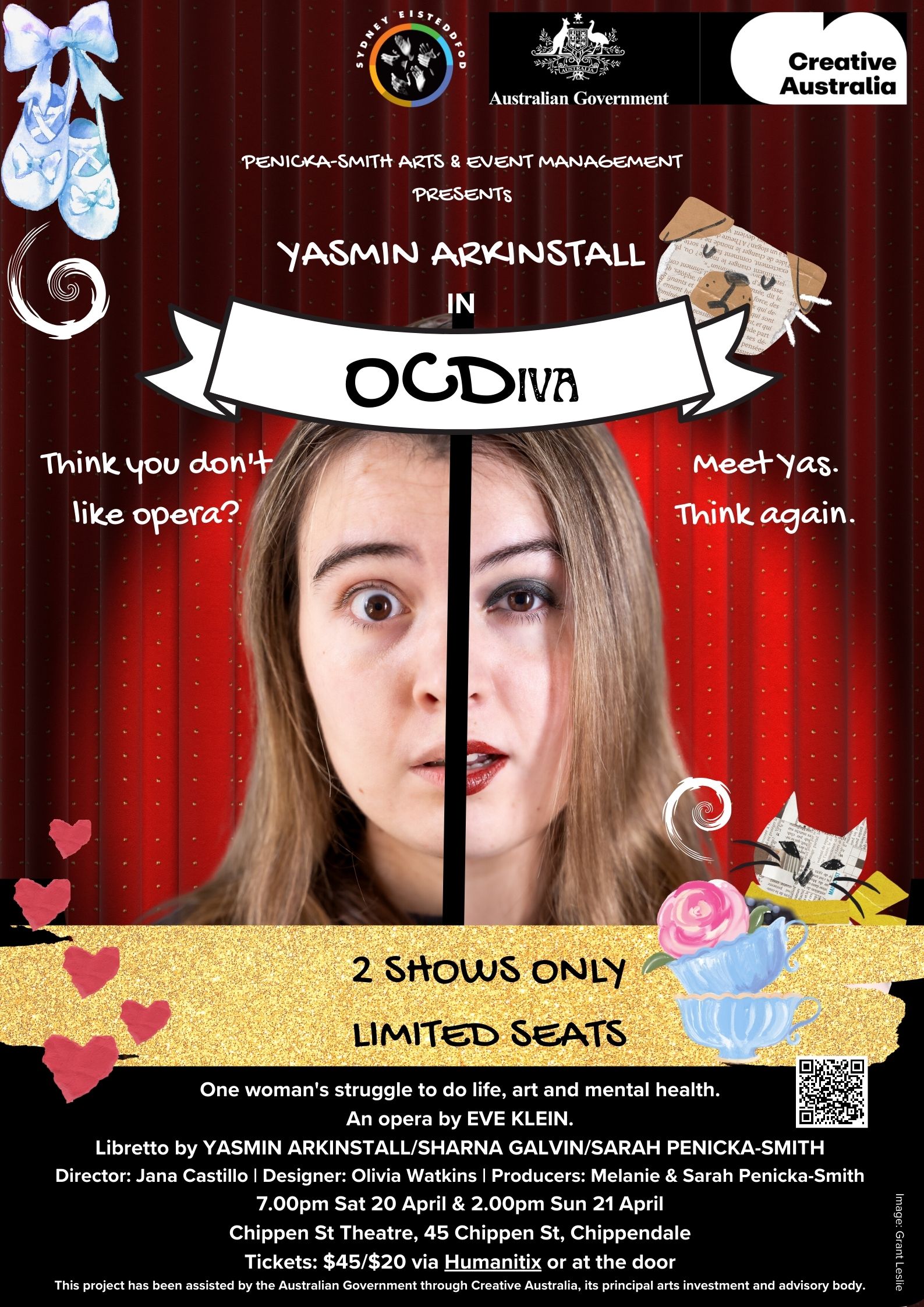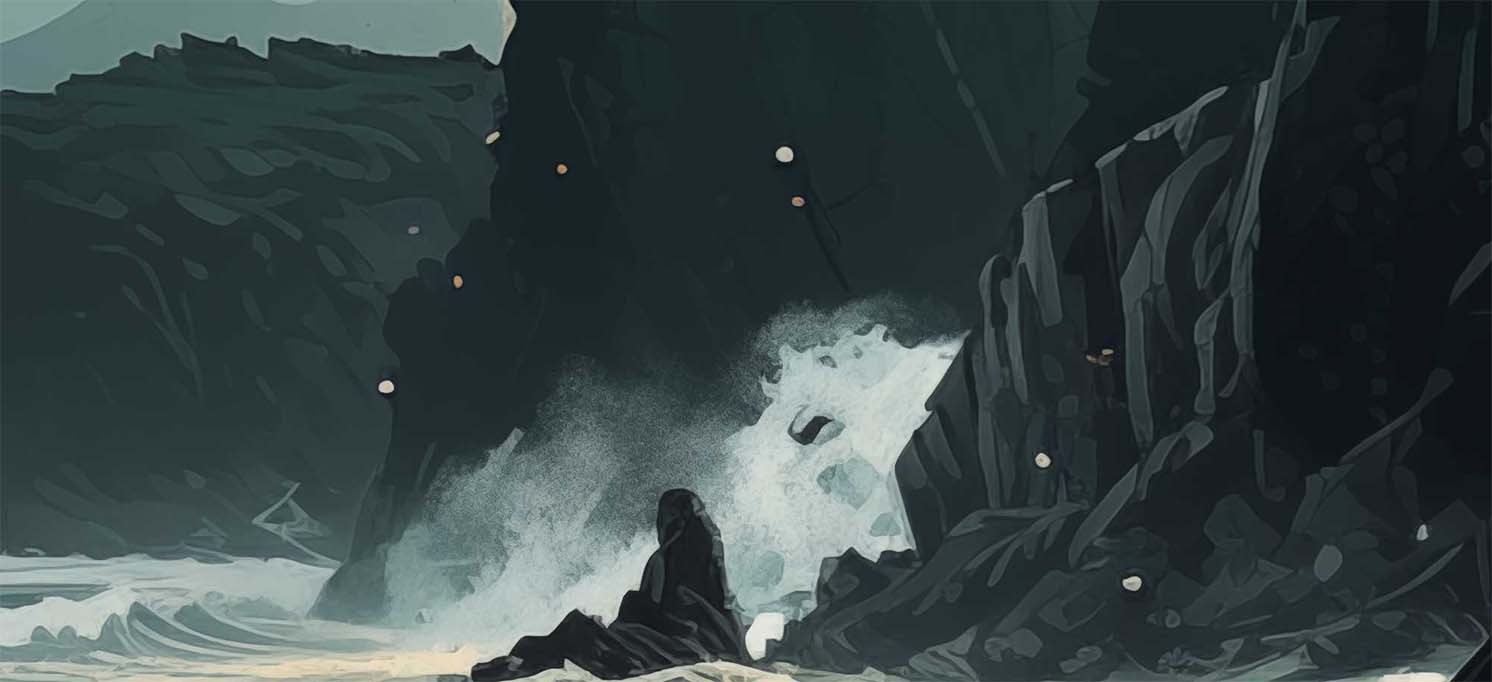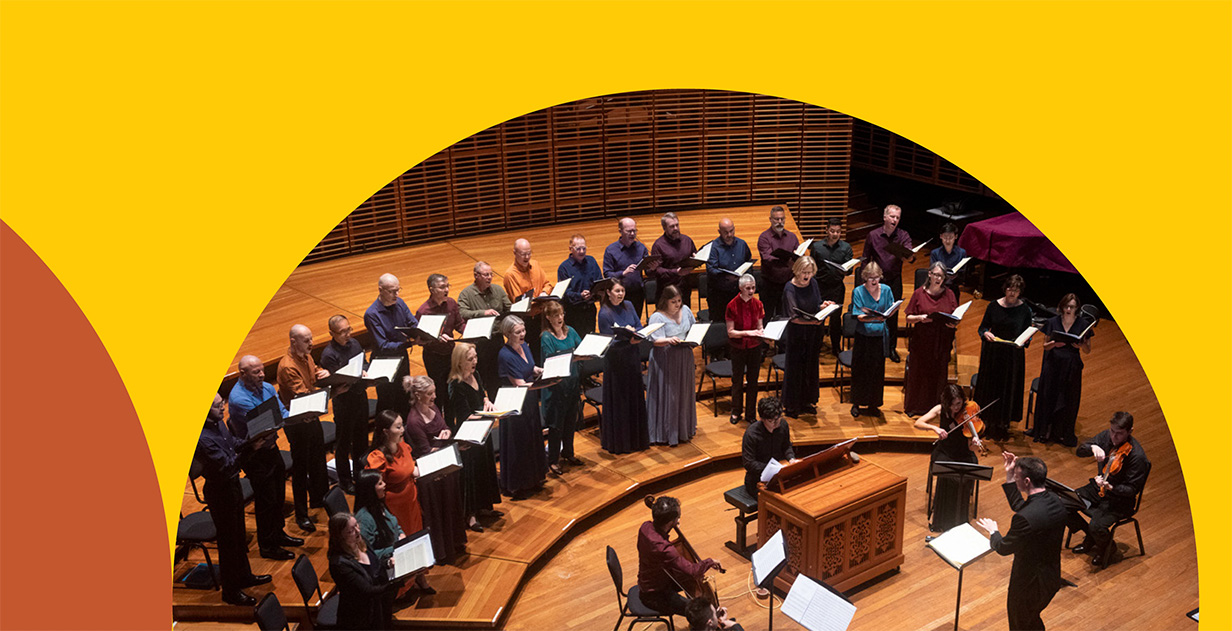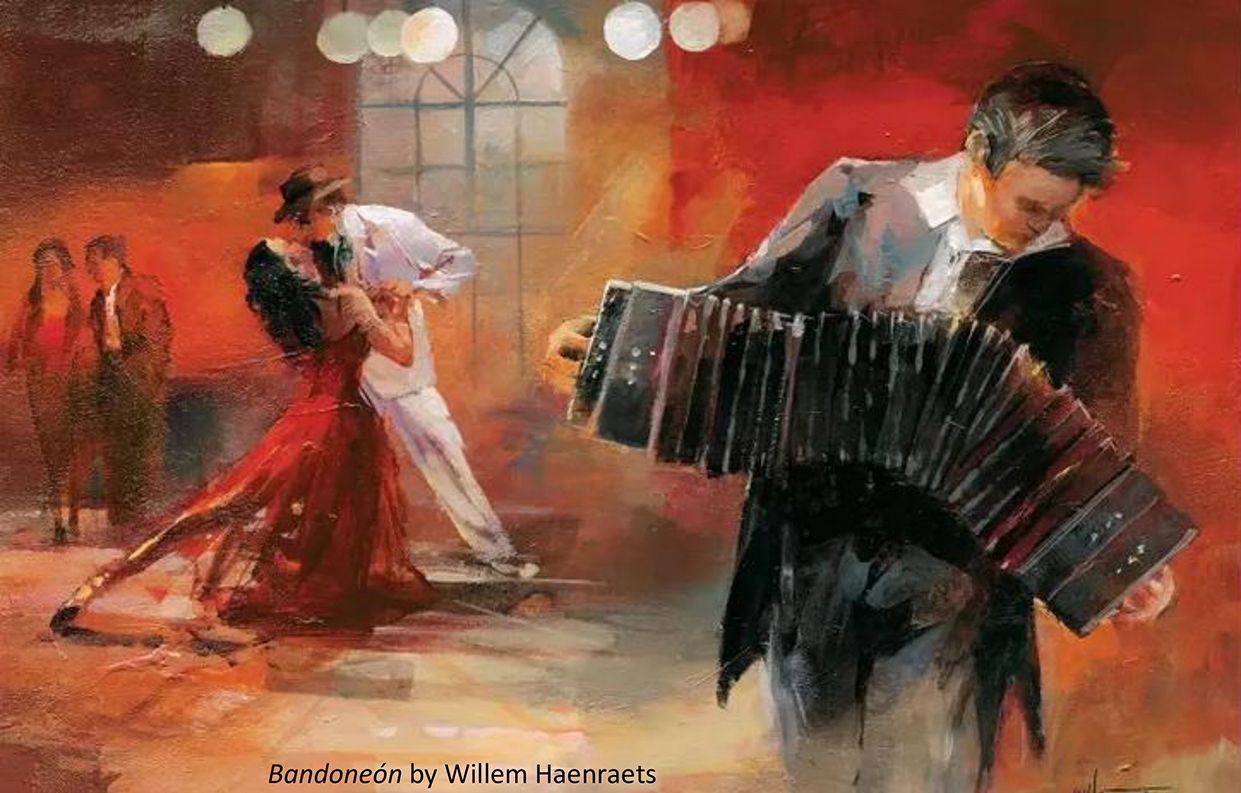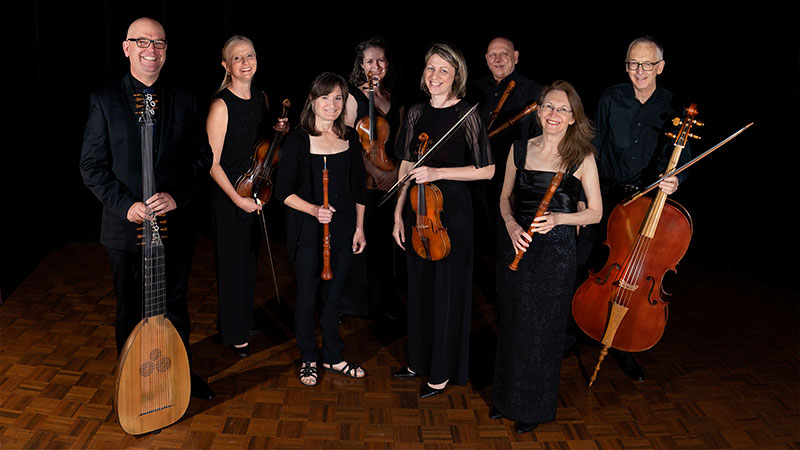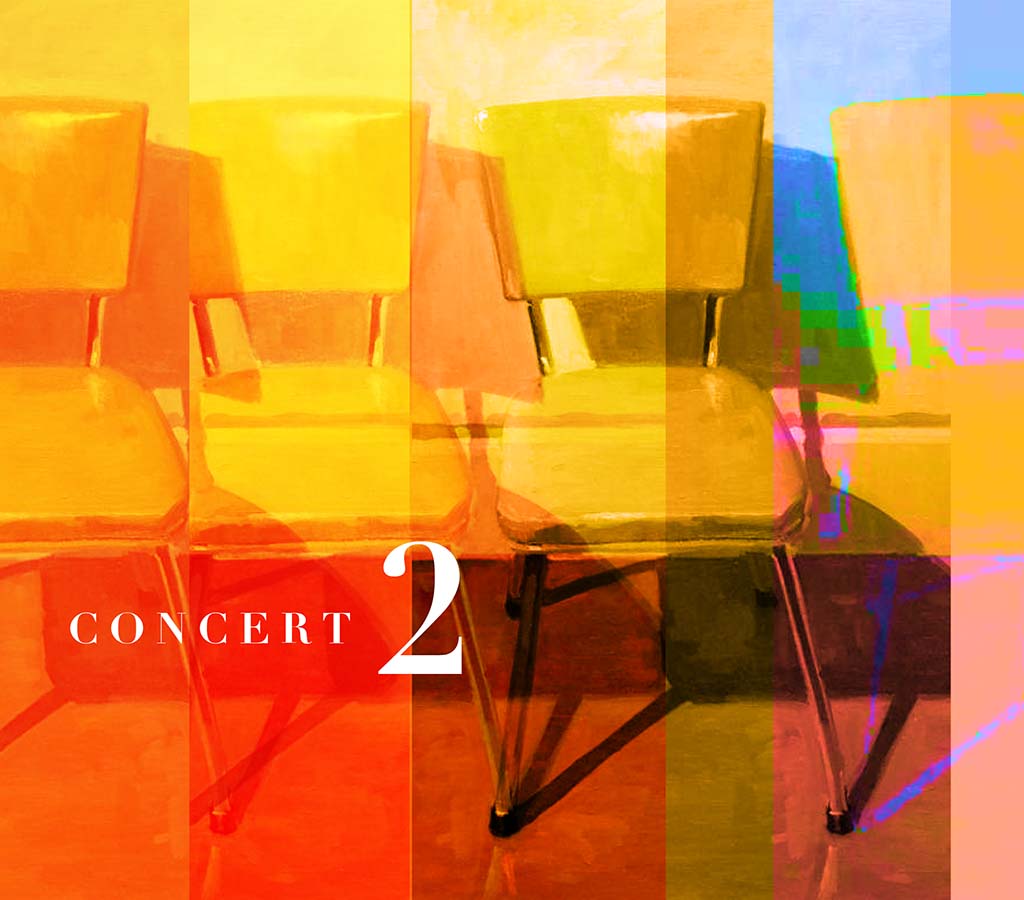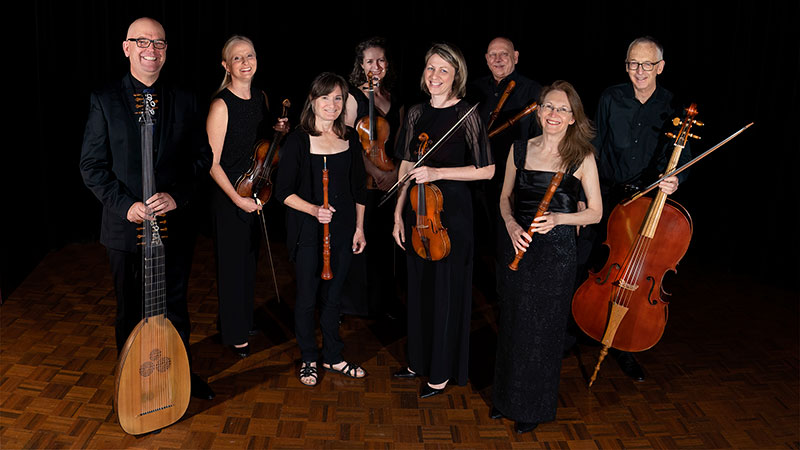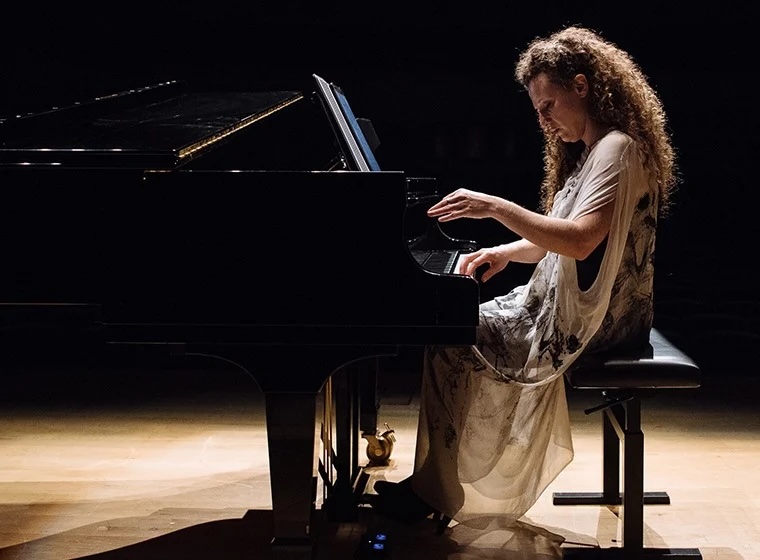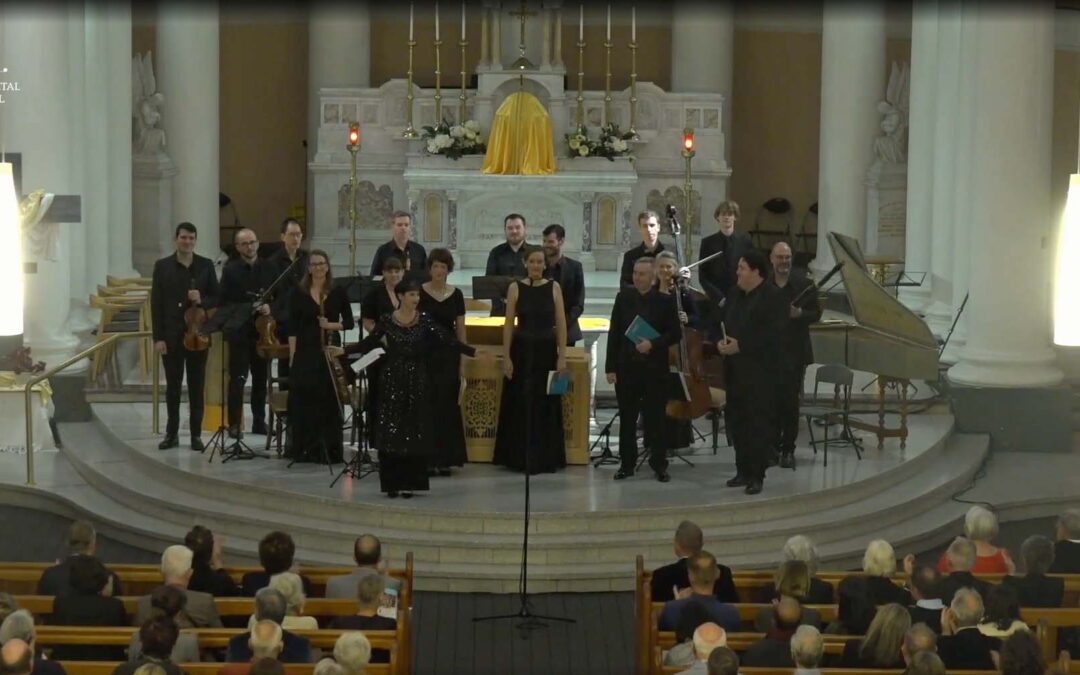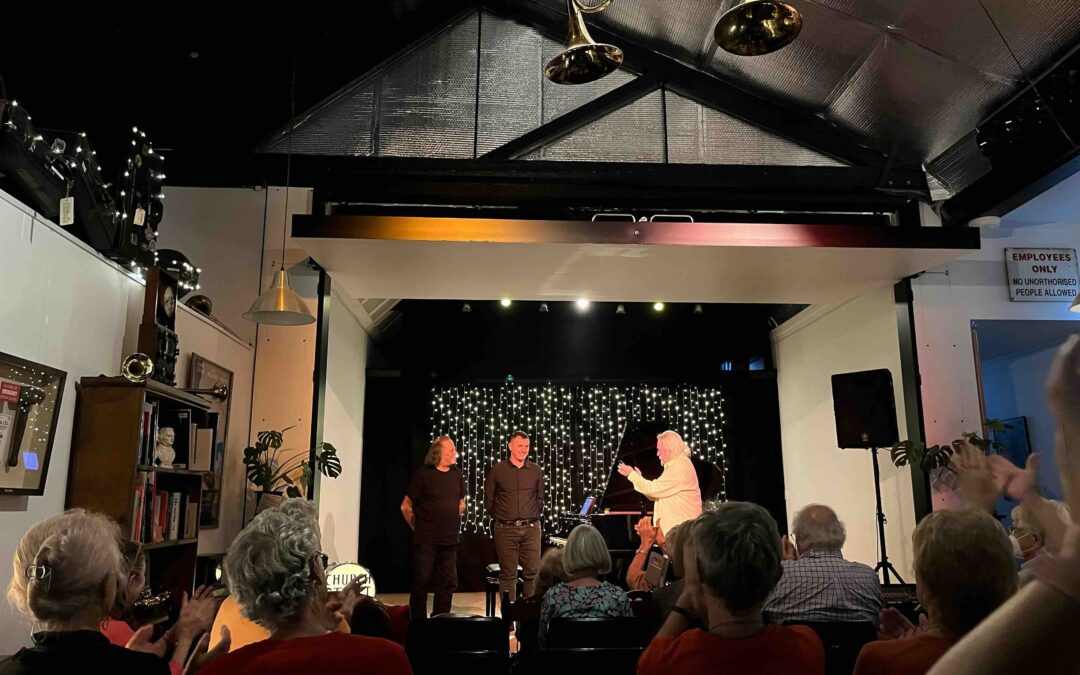Konstantin Shamray & ANAM Orchestra, Sophie Rowell and Harry Ward
Musica Viva National Livestream
Saturday 15th May 2021
Musica Viva’s second national concert tour for 2021 involved a programme of intensely heartfelt music featuring the young violinist and composer Harry Ward (a Musica Viva FutureMaker artist, ANAM alumnus, and principal second violin for this concert), prize-winning concert pianist Konstantin Shamray and musicians from the Australian National Academy of Music directed by Sophie Rowell, lead violinist of the Melbourne Symphony Orchestra.
The online performance was prefaced with audience murmurings, which generated a pleasurable sense of anticipation for those at home alone. After an introduction from Hywel Sims (CEO of Musica Viva) and Paul Kildea (Artistic Director) where Sophie Rowell was given recognition for her astonishing leadership, the concert opened with a commission by Musica Viva – Mahler’s one-movement Piano Quartet in A minor (composed in 1876 when he was 16) in an arrangement for piano and orchestra by Harry Ward. I have always found this piece particularly alluring with its combination of rippling piano, admirable counterpoint, and fervent romantic melodies tugging at the heartstrings (inducing my late 1980s adaptation for full-blown orchestra, performed in Elder Hall with Graham Abbott conducting!)
Harry Ward’s augmentation involved a chamber-sized orchestra including two double basses, with Mahler’s piano part unaltered. The cello section played some of the piano notes on occasion. ANAM musicians gave a clean account, always maintaining good balance with the pianist. The opening was beautifully subdued and measured, followed by episodes of purposeful energy and extreme fervour. Dynamic contrast was impressive throughout, and seemed entirely appropriate, despite the paucity in (Mahler’s) score. Sophie Rowell’s violin cadenza was suitably impassioned, and the music faded quietly to its conclusion.
Mahler’s 24-bar sketch for a second movement was used as the basis for a composition by Alfred Schnittke, which provides a nice link into Schnittke’s Concerto for Piano and String Orchestra (1979), also a single-movement work. It incorporates a progression of stylistically wide-ranging and conflicting ideas which necessitated a fascinating variety of aural effects from the string sections. As Dr David Larkin (senior lecturer in musicology at the Sydney Conservatorium of Music) mentioned in his pre-recorded talk (which remains available on Musica Viva’s website for additional explanatory insight), the writer Alexander Ivashkin interpreted the piece as a “personalised and profoundly individual statement of the soloist who stands in opposition to a featureless and satanic social situation”, metaphorically referencing the oppressive Soviet regime which inhibited artistic activity.
Piano alone began – stray bird-call sounds and pensive lulls were soon followed by unsmiling repeated notes and stern cluster chords. A rocking arpeggiated pattern referenced the Classical period before the strings finally entered, buzzing almost imperceptibly to furnish a slightly ghostly atmosphere. With crashing chords, unnervingly insistent repetition and jarring disparities of tonality, the combined ensemble built up to several remarkably intense and unsettling crescendos. A recurring three-note ascending figure gained added emphasis with a quotation from Bruckner, recognisable yet weirdly distorted. Equally disturbing were microtonal waverings in the strings, at odds with the piano exercising calm restraint. Further disagreeable screeching and plucking sounds were completely spine-chlling. The music included an improvisatory interlude for piano with comping jazz bass and a waltz-like segment.
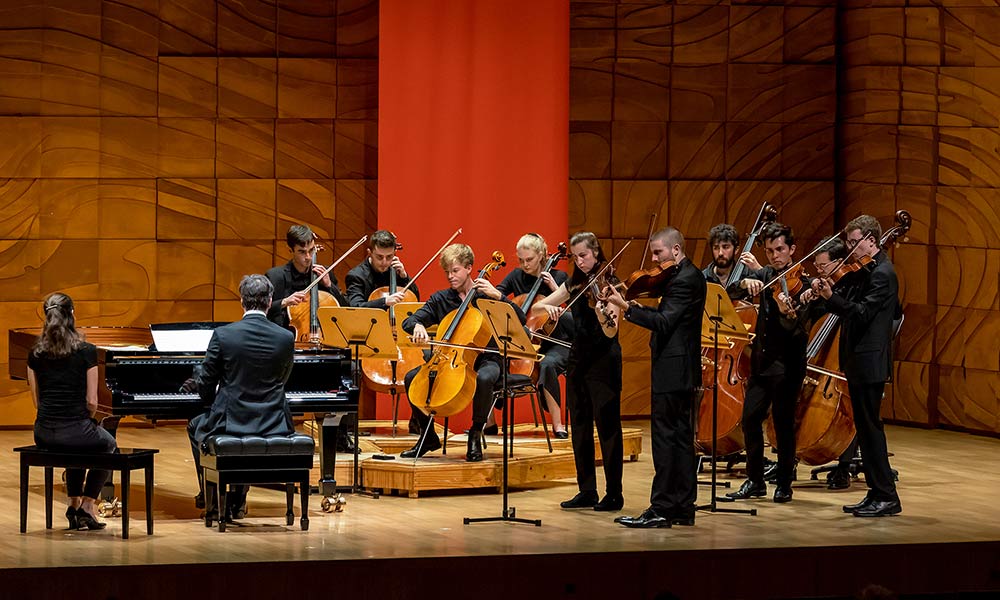
Konstantin Shamray gave a truly outstanding memorised performance of the robust piano part, and was often required to cover the entirety of the keyboard. He even used his arm to play some of the more sizeable chords. After all the emotional pummelling, quiet bell-like piano notes and high string harmonics left a concluding distressing ache, and the lasting stillness was a thoughtful effect. Responding to bravos and whoops from the live audience (perhaps also from the online viewers of which I noticed there were 86), Shamray returned to play a gentle Rachmaninov Prelude.
During the interval, online viewers were entertained with images from the concert tour, and notice of future Musica Viva concerts. Beginning the second half, violin soloist Harry Ward gave an exceptionally moving performance with luxuriant tone for an Australian premiere of Mihkel Kerem’s Lamento (2008), originally written for cello or viola solo and string orchestra. The piece seemed to brim with tears, beginning with a slow, sad and haunting melody in low registers and wavering through uncertain disquiet before the soloist rose higher to culminate in a profoundly sorrowful cri de coeur. The slow mesmeric unfolding of material and minimalist use of pedal tones was evocative of Kerem’s fellow Estonian, Arvo Pärt. The threnody reached an ethereal end with harmonics in the accompanying strings, and quiet pause.
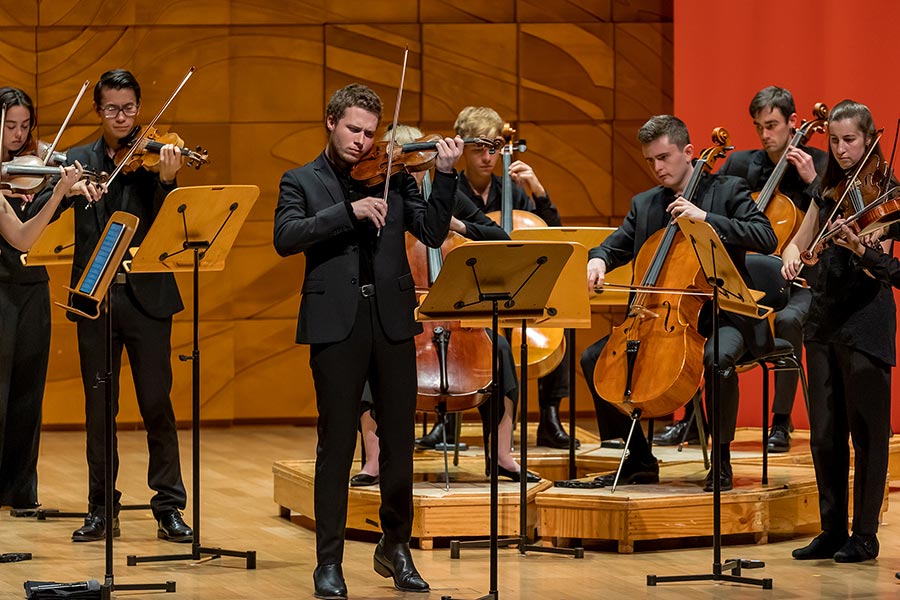
Sophie Rowell expressed her gratitude to ANAM and to Musica Viva for the opportunity to tour with a programme featuring the “exquisitely fragile and brutally beautiful”. Her relief at being able to say hello to the concert hall met with sympathetic applause. Finally, Tchaikovsky’s sumptuous Serenade for Strings (1880) received a mature and sincere reading. Vibrant and resonant, the ANAM strings delivered the composer’s objective of a full-bodied sound. Excellent attention was paid to the marcatissimo of the grandly passionate opening, and to Tchaikovsky’s other musical indications. Lyrical melodies were treated with enormous passion and agility – the Waltz whirled, the Elegy provided serious reflection, and the Russian-themed Finale reached a point of exciting and heightened intensity before a return of the work’s initial theme. After being transported to some dark and wretched places in this concert, with inclement weather to boot, the Serenade’s romantic sentiments and final burst of radiance were ideally revivifying.
Photography: James Grant


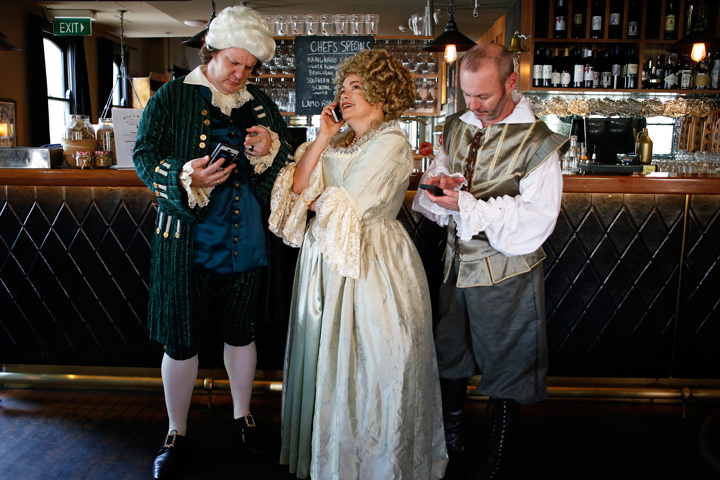







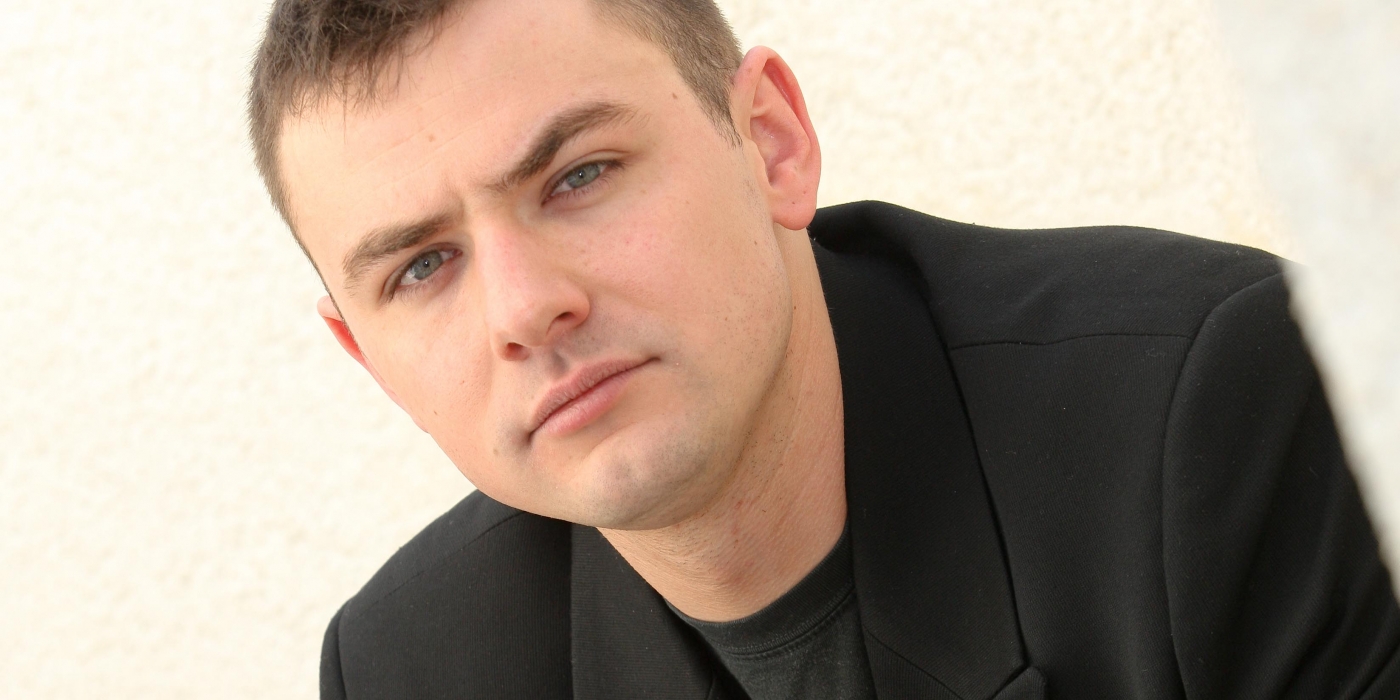


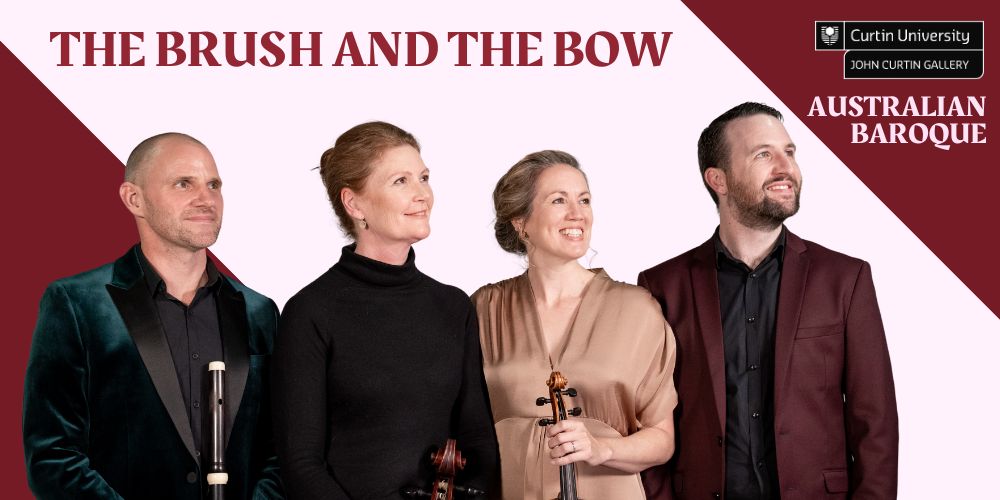





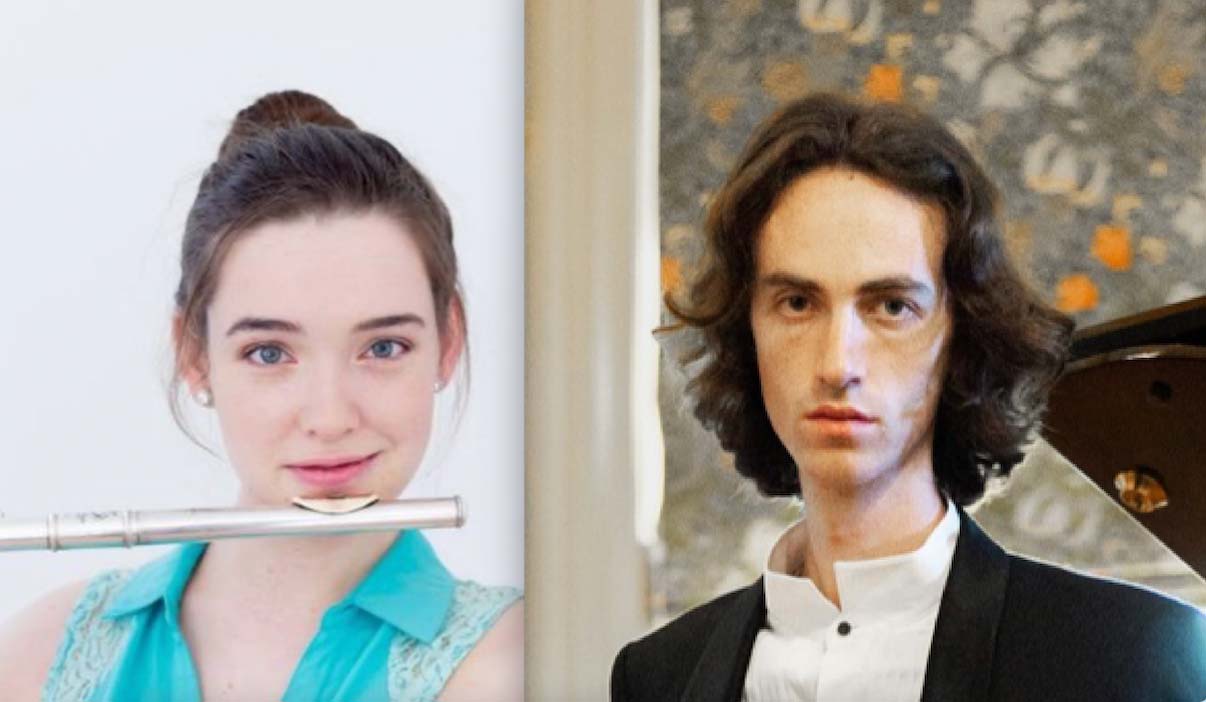
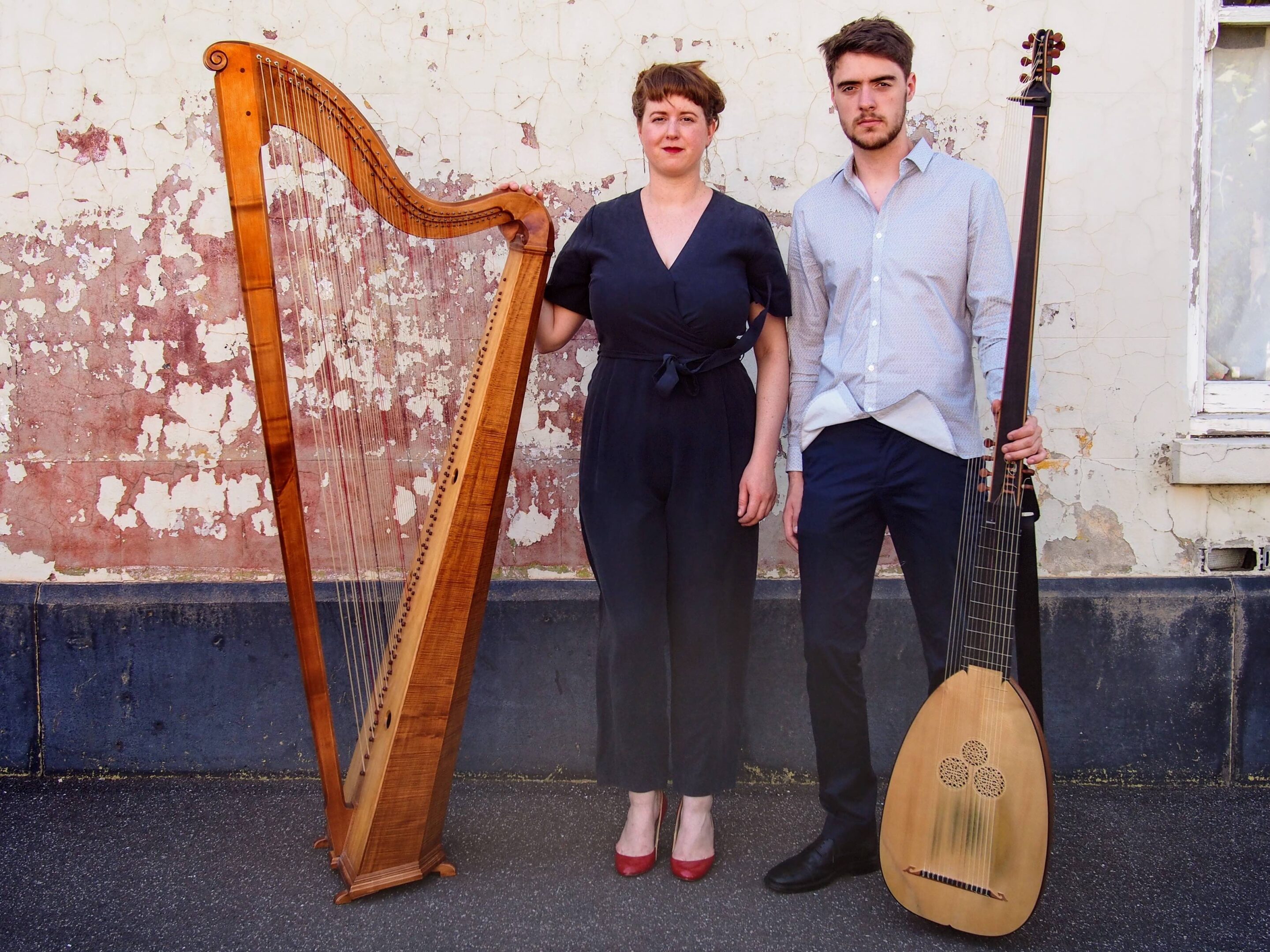

![user222 mrc mostlymozart [glass harmonica] user222 mrc mostlymozart [glass harmonica]](https://cdn-classikon.b-cdn.net/wp-content/uploads/2024/02/user222-mrc_mostlymozart_glass_harmonica.png)
